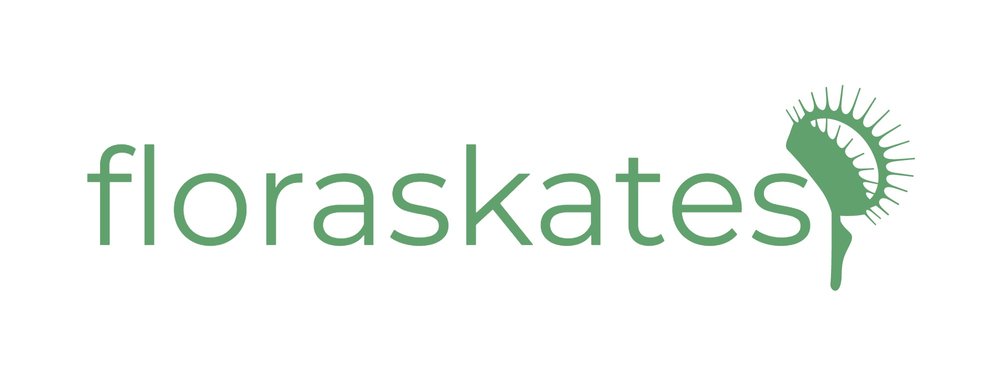Ahh Belgium, well known for its waffles, chocolate, beer and … isotope research?
Well, the University of Ghent is anyway, and that’s where I was lucky enough to spend the first week of September this year, for the Joint European Stable Isotope User Meeting (JESIUM).As the name would suggest, this is a conference designed to bring together stable isotope users from throughout Europe (and the rest of the world – I wasn’t the only Aussie!). Researchers and industry members come to discuss advances in technology and new knowledge in a variety of fields, from ecology and biogeochemistry, to paleoclimatology and archaeology, to medicine and forensics.
You might be wondering, what exactly is a stable isotope? Simply put, isotopes are atoms with the same number of protons, but a different number of neutrons within their nucleus. Unlike radioisotopes, stable isotopes do not decay into other elements. For example, nitrogen atoms always have 14 protons, but they can naturally exist in a stable form with either 14 neutrons (14N) or 15 neutrons (15N). The only differences between these two isotopes really are that 14N is much more abundant naturally, and 15N is just that little bit heavier. This small difference in weight can have a big effect on the rate at which each isotope reacts in chemical or physical processes.
So why are these stable isotopes important? Well, by measuring the amount of heavy and light isotopes in different systems, we can understand a lot about the world. We can find out where the ingredients in our food have been grown, and the origin of forensic materials. We can learn about how people in the past lived, what they ate, and where their building materials or clothes came from. We can better understand processes occurring in the natural world, between different organisms and their environment. And so much more! There are many applications for stable isotope research.
For my PhD, I am using stable isotope measurements to determine how much carnivorous plants rely on capturing and digesting insect prey to gain their nutrients. I have been fortunate to spend a good portion of this year at one of the world’s leading institutes for stable isotope research on heterotrophic plants: the BayCEER Laboratory, at the University of Bayreuth, Germany. While there, I very slowly picked up some German words (Eichhörnchen is my favourite, it means squirrel) but more importantly, I developed skills in the use of Isotope Ratio Mass Spectrometry, including all of the essential theory, sample preparation, and statistical analyses that go along with it.
At JESIUM, I was joined by my external supervisor at the BayCEER Laboratory, Prof Gebauer, and four of his Masters students: Elli, Saskia, Philipp, and Stefan. We had a lot of fun exploring the beautiful city of Ghent, trying new foods (mainly waffles), and learning more about the various applications for stable isotope research. I had the opportunity to present some of my early findings, particularly focusing on Byblis plant species, which capture insects with their sticky leaves and are native to both the Southwest and Kimberley regions of Western Australia. I was able to discuss my methods and findings with fellow stable isotope researchers, resulting in plenty of inspiration for future work!
I am incredibly grateful for the opportunity to attend and present at JESIUM, and would like to give my thanks to the Postgraduate Students Association for the Conference Travel Award!
This account was originally published in the 2016 UWA PostScript magazine.






